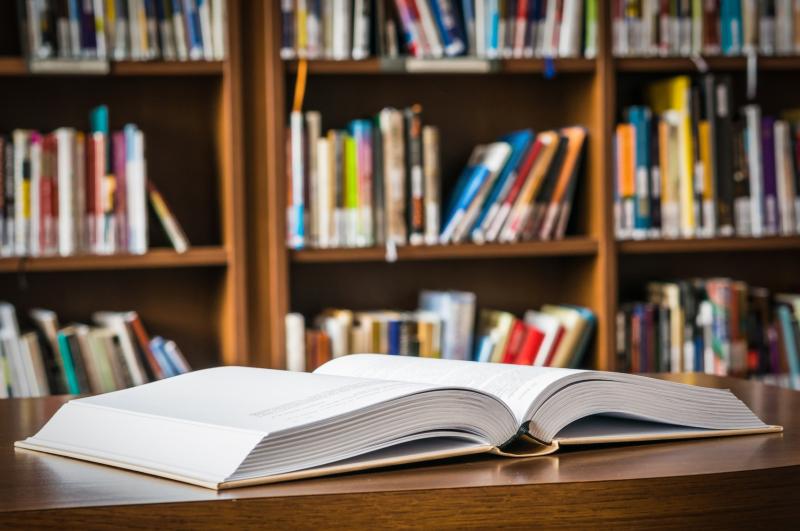
Long before Sevagram became a sprawling campus of healing and learning, something quietly profound took root beside the Biochemistry lab on the ground floor of the old Kasturba hospital.
It was 1969. The college was just finding its footing—and so was its library. A single almirah, 35 books, one table, and two chairs. But what it lacked in space, it made up for in spirit.
Mr. N.G. Reddy, the first librarian, brought order to this modest collection—cataloguing books, organising subscriptions, and slowly shaping a space that welcomed thought and study. By his side was Deorao Taksande, son of Narayanrao Taksande, Dr. Sushila Nayar’s trusted aide. Together with a young Bhupendra Nath Das, a typist, and a quiet, diligent Nepali attendant, they nurtured this fledgling sanctuary with quiet perseverance.
In 1970, the library shifted upstairs to a hall above the labs—where Community Medicine stands today. By 1974, the collection had grown to 5,000 books, supported by generous donations, including a large personal collection from the first Principal, Dr. I.D. Singh.
In those early days, there was no hierarchy. Dr. R.V. Agrawal, the professor and head of Pathology—and the first Officer-in-Charge—was often seen scrubbing and mopping the floors alongside the staff. That image captured the true spirit of the place—everyone working together for a common purpose.
In August 1976, the library found a new home on the hillock near Radiology—its third and most defining phase. With a full team of librarians, a typist-clerk, and three attendants, the library came under the care of Dr. R.N. Shetty, then Head of Anaesthesia, who chaired the Library Committee alongside Drs. Nigam, Moghe, and Harinath. By 1977, it had 7,000 books, 180 journals, and 300 more arriving each year through donations.
But its soul was always its people.
Librarians like Deorao Taksande (retired 2000), Ms. Kusum Raole (retired 2007), and Vijay Vairagade (retired 2023) were more than custodians of books—they were quiet sentinels of knowledge. Vaishali Ugale, too, knew the shelves like the back of her hand.
Alongside them were attendants—Keshav Nidhekar, Mahajan, Keshav Chate, Sujata Sonar, Nanda Gosavi, and Sarla Wankhede—many of whom hadn’t studied beyond tenth grade. Yet they could trace any journal, remember who’d borrowed what, and retrieve it before you finished asking.
They worked silently—often beyond hours—aligning shelves, dusting corners, and keeping the space ready for its next reader. Their humility and devotion became the library’s heartbeat.
To me, the library was more than just a place—it was my second home. For nearly three decades, between OPDs, after ward rounds, before lectures, over hurried lunches, or in the quiet of the evening, I would find my way there to read 𝘉𝘔𝘑, 𝘕𝘌𝘑𝘔, 𝘓𝘢𝘯𝘤𝘦𝘵, 𝘑𝘈𝘔𝘈, 𝘈𝘯𝘯𝘢𝘭𝘴 𝘢𝘯𝘥 𝘕𝘔𝘑𝘐. The staff, always kind and generous, never questioned how many books I borrowed—they simply let me read.
I still remember the 100-seat reading hall—70 for students, 30 for staff—divided by magazine racks. In the late ’90s, two interns, Gopal Taori (1990) and Mufaddal Munim (1991), arrived at 9 a.m. daily, studied all day, ate lunch there, even napped on their chairs, leaving only when the lights were switched off at 9 p.m.
Today, Gopal is an intensivist in Australia and Mufaddal, a pathologist in the UK. That devotion—to books, to dreams—defined an era.
In 2018, the library moved to its current 15,000 sq. ft. state-of-the-art home. Yet for many of us, the heart of the library still beats in the old rooms—the stone floors, handwritten catalogues, and scent of khus in the summer air.
This isn’t just the story of a library. It’s a tribute to the people who built it—with their hard work, care, and quiet dedication. And to all those who, over the years, found in it a home for their curiosity, dreams, and love for learning.